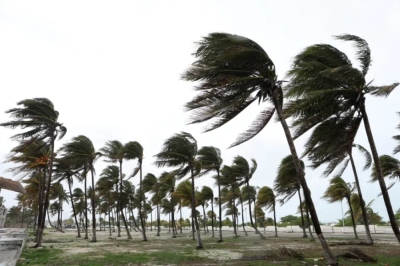
The Pandemic Effect on World Trade: Some Early Data
The World Trade Statistical Review 2020 from the World Trade Organization is an annual report which is mainly focused on detailed data for trade patterns from the previous year.
I find that it requires some mental effort to remember what the world economy looked like in 2019, but of course, trade tensions were already high. The value of global merchandise trade fell 3% in 2019--the first time it had fallen since the Great Recession years back in 2008-9--while the value of services trade rose 2.1%. However, this year's report also includes some preliminary data on how aspects of global trade have evolved since the COVID-19 pandemic hit earlier this year. For example:
Here's a measure of the quantity of container shipping. Notice that the fall in the last few months is not (yet) as deep or severe as the decline during the Great Recession.
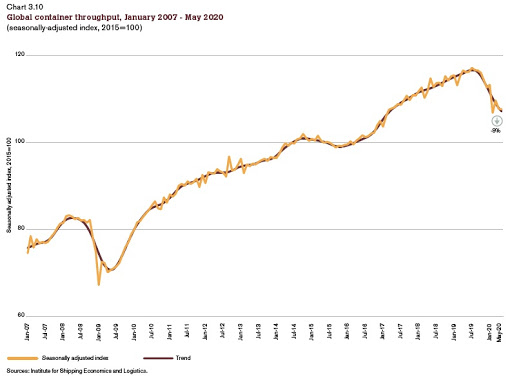
As one might expect, the number of commercial flights plummeted, falling by something like three-quarters in March 2020.
Tourism and travel is a major elements of international trade: for example, when a foreign traveler in the US spends money on US goods and services, it is treated in the trade statistics as an "export" of US production to a foreign consumer. The US typically runs a surplus in travel industry, with exports (blue line) well above imports (gray line), but both have dropped substantially in early 2020.

Finally, here are a couple of figures comparing national-level data on exports in April 2020 and on imports in March 2020 to the monthly data for a year earlier.
Those who believe that international trade is bad for the US economy should of course welcome the 2020 fall in trade as a silver lining in what is otherwise shaping up to be a dismal year for the economy. Or alternatively, they might reconsider the extent to which trade is the fundamental source of US economic problems or reducing trade is a useful solution to those problems.
A version of this article first appeared on Conversable Economist.
Trending
-
1 UK Tech Sector Secures a Third of European VC Funding in 2024
Azamat Abdoullaev -
2 France’s Main Problem is Socialism, Not Elections
Daniel Lacalle -
3 Fed Chair Jerome Powell Reports 'Modest' Progress in Inflation Fight
Daniel Lacalle -
4 AI Investments Drive 47% Increase in US Venture Capital Funding
Felix Yim -
5 The Future of Work: How Significance Drives Employee Engagement
Daniel Burrus


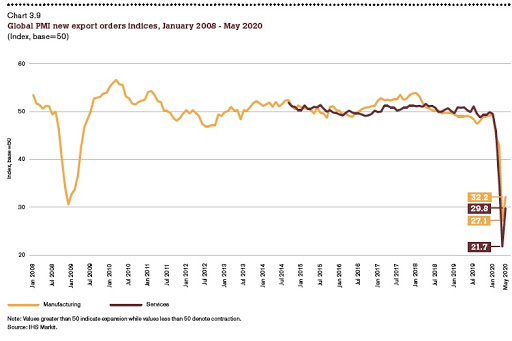

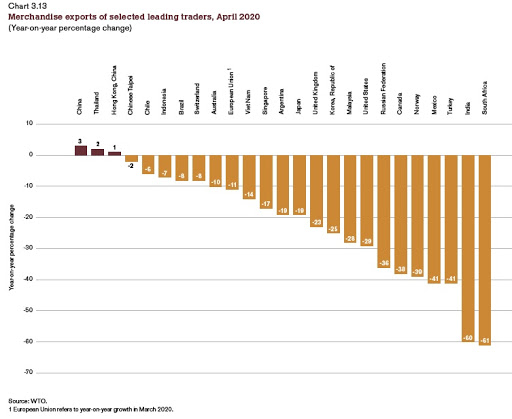
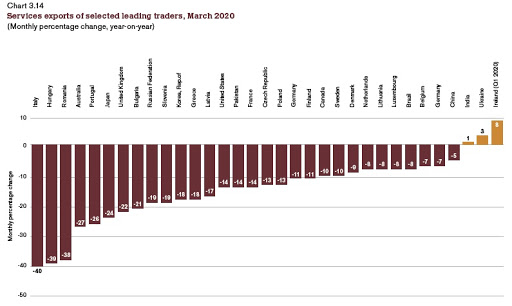



Comments